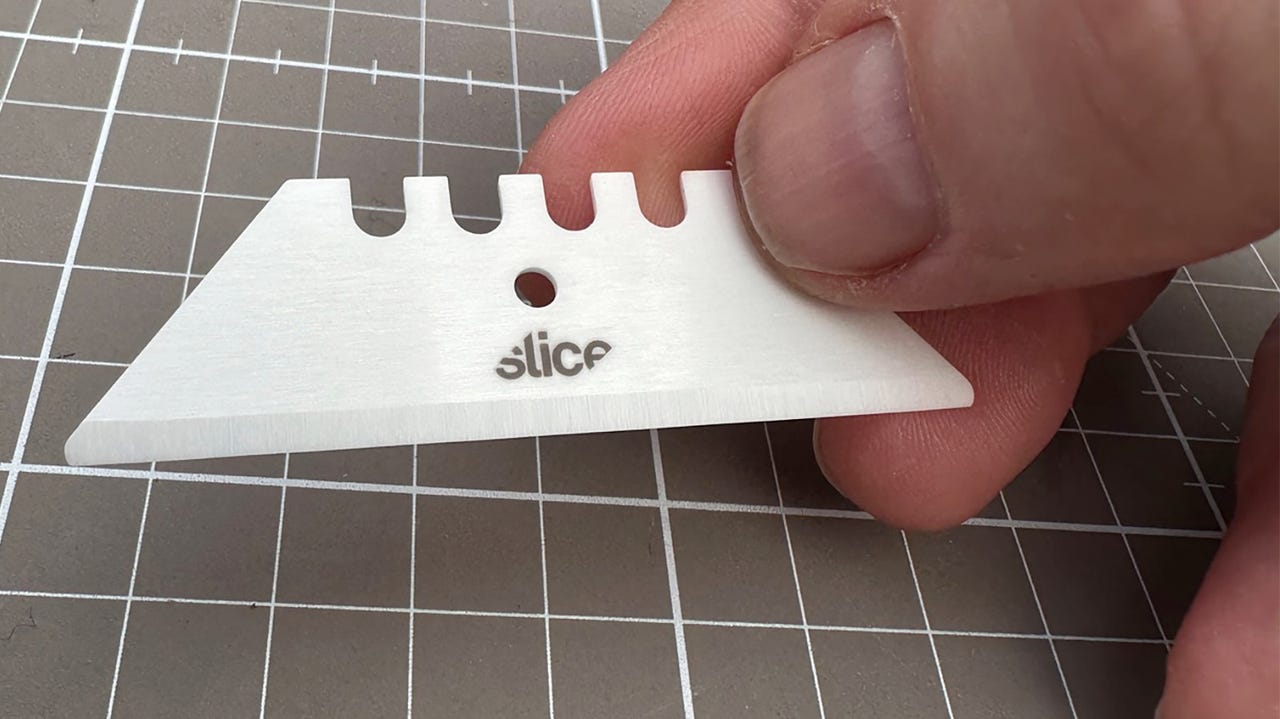'ZDNET Recommends': What exactly does it mean?
ZDNET's recommendations are based on many hours of testing, research, and comparison shopping. We gather data from the best available sources, including vendor and retailer listings as well as other relevant and independent reviews sites. And we pore over customer reviews to find out what matters to real people who already own and use the products and services we’re assessing.
When you click through from our site to a retailer and buy a product or service, we may earn affiliate commissions. This helps support our work, but does not affect what we cover or how, and it does not affect the price you pay. Neither ZDNET nor the author are compensated for these independent reviews. Indeed, we follow strict guidelines that ensure our editorial content is never influenced by advertisers.
ZDNET's editorial team writes on behalf of you, our reader. Our goal is to deliver the most accurate information and the most knowledgeable advice possible in order to help you make smarter buying decisions on tech gear and a wide array of products and services. Our editors thoroughly review and fact-check every article to ensure that our content meets the highest standards. If we have made an error or published misleading information, we will correct or clarify the article. If you see inaccuracies in our content, please report the mistake via this form.
Need cutting blades for your workshop? Forget metal and go ceramic

Slice zirconium oxide ceramic utility blades have many advantages over metal blades.
I open a lot of boxes and cut a lot of cardboard. I used to use knives with metal blades -- from penknives to the ubiquitous Stanley box cutter -- but found that cutting the card and tape would blunt them super quickly.
Then, a couple of years ago, I shifted to ceramic cutters made by Slice, and I've not looked back.
Also: This pocket-friendly tool replaced a full set of open-end wrenches for me
I started using a small Slice box cutter, which was great for opening boxes and packages, and it did many months of hard cutting without getting worn down in the least.
But it had a couple of downsides. The blade was a bit short for cutting thick cardboard, especially the heavily corrugated stuff. The handle was also small and not really suited to putting much power into the cut.
What I wanted was a blade that combined the size of a box cutter utility blade with the durability of ceramic.
Also: This $11 gadget is a must-have for aging eyes
Slice had me covered, with its own ceramic utility blades.
These blades are made of zirconium oxide ceramic, which is extremely hard and allows for a powerful cutting blade but are also finger-safe, as well as much less likely to cause laceration injuries than metal blades. The blade feels oddly dull to the touch, but it effortlessly cuts through materials such as cardboard, rubber flooring, and corrugated plastic.
The ceramic is considerably harder than stainless steel and lasts 11 times longer, which means fewer blade changes or sharpening. In turn, this reduces injury risk and saves time and money.
Also: 5 tech gadgets I never leave home without
Ceramic blades have a lot of other advantages.
Ceramic blades have a number of advantages over metal blades.
These blades will never rust, don't have any oil coating to contaminate the things they cut, are chemically inert, won't cause any sparks when they hit metal, are non-magnetic, and won't conduct electricity.
They also feature a rounded tip so as to reduce the chances of a puncture injury.
The rounded tip dramatically reduces the chances of injury.
These blades are a standard size and shape. They will not only fit Slice utility handles and scrapers, but also fit standard utility knife handles.
Or, you can do what I did and 3D print a handle for the blade.
I 3D printed a handle for my Slice ceramic blades.
Slice blades might seem expensive -- $19 for two, which is what you might pay for 100 decent-quality metal utility blades -- but the long-term performance that they offer combines with all the safety features and advantages they have over metal blades, I believe that they are worth the price.
Also: How to get into 3D printing without breaking (too many) things
I don't think I'll go back to using metal utility blades again.
